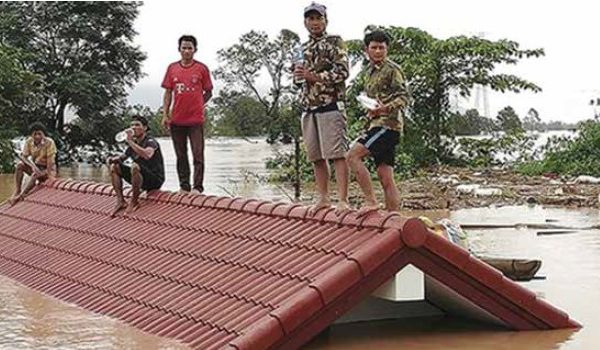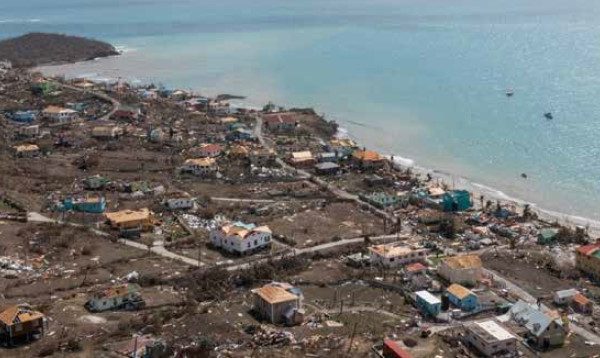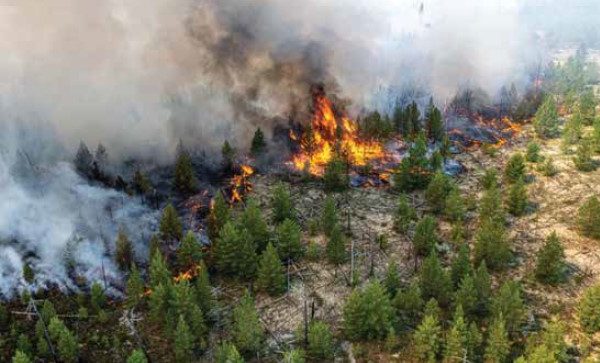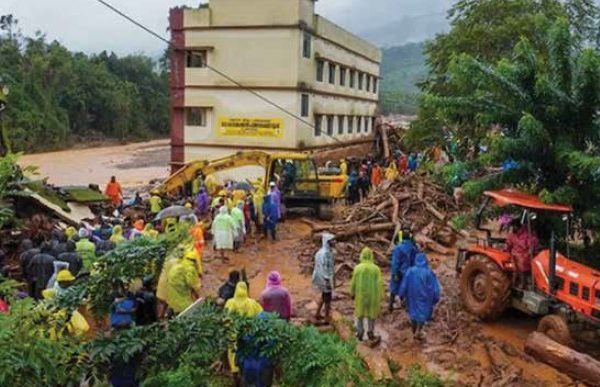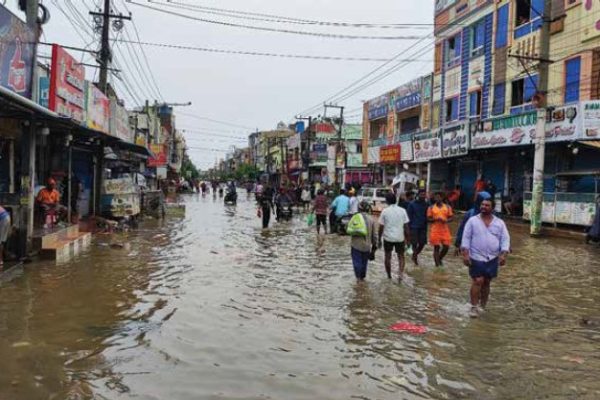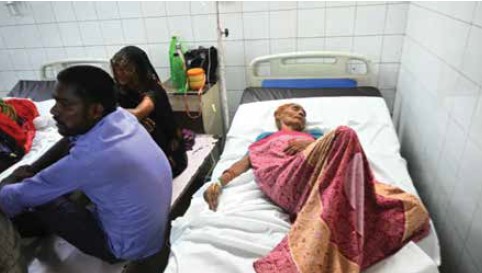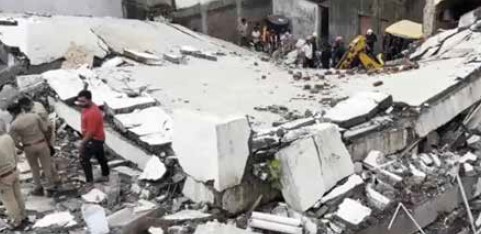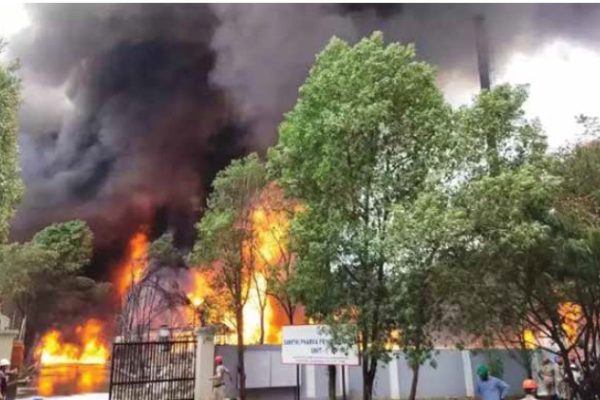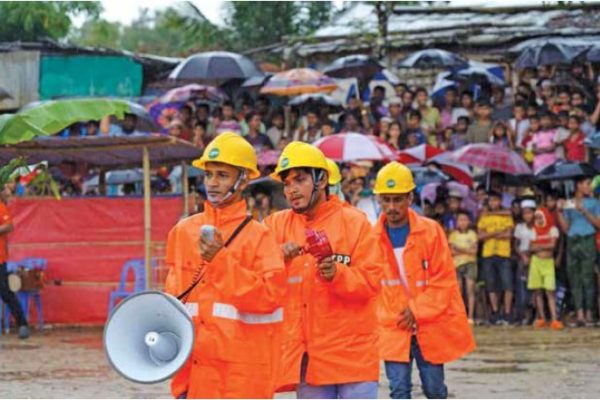
Global Insights on Resilience: UNDRR Tracks Disaster Risk and Climate Adaptation Expenditure
On 24 July 2024, the United Nations Office for Disaster Risk Reduction (UNDRR) published the groundbreaking Resilience Expenditure Landscape report, marking a significant milestone in tracking global public spending on disaster risk reduction (DRR) and climate change adaptation (CCA). This first-of-its-kind report offers a comprehensive overview of financial allocations towards building resilience, crucial for mitigating…


